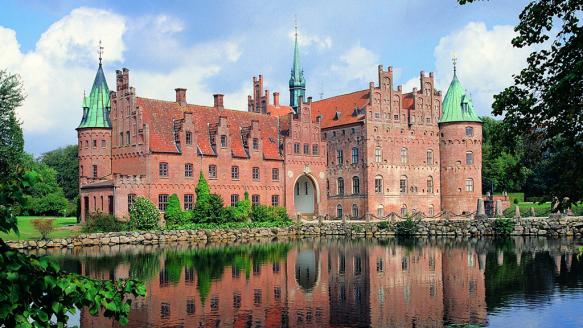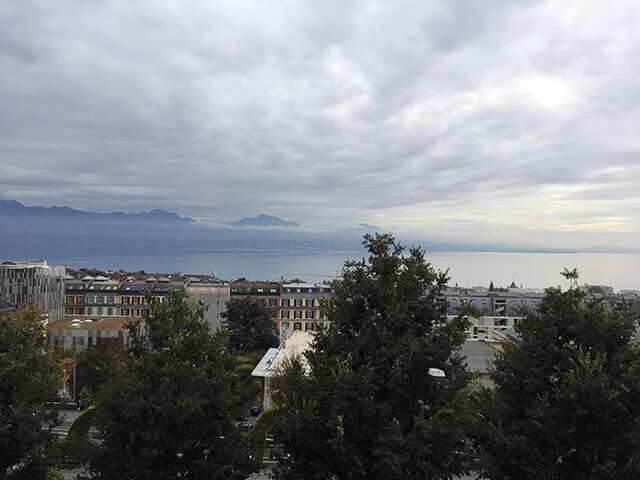
When most people think of Denmark, they think of Copenhagen. However, not many people think of Odense (pronounced ‘Oon-sa’), the third largest city in the country and birthplace of Hans Christian Anderson.
Odense is a city of culture, filled with art galleries, museums, churches and Cathedrals, and coffee shops and bistros on every corner.
With 50 per cent of locals choosing to travel by bike instead of car, this is the perfect city to discover on foot or by cycling. Should you choose to cycle, you can easily rent a bike through the Tourist Board or from one of the many rental flyers posted on lampposts and in shop windows. Cycling home from a nightclub at 5:30am as the sun begins to rise is definitely something everyone should experience at least once.
When it comes to food, Odense has a huge variety of restaurants. However, if it’s traditional Danish cuisine you’re looking for, Cro’n in Dronningensgade is the place to visit. The small, cosy restaurant is a real favourite with locals, so booking is recommended.
Prices are mid-range, with main courses such as Frikadeller (pork or veal meatballs) or Stegte sild (fried herring, often pickled or smoked) accompanied by Danish favourites of cabbage and potatoes costing between 130 and 200 Krone. My favourite was Brændende kærlighed, which literally translates as ‘burning love’. This is creamy mashed potato formed with a well in the middle to house fried bacon and onion.
You can’t go to Odense and not visit Hans Christian Anderson’s home, located in the old precinct. Marked by beautiful winding cobbled streets lined with blooming flowers and quaint, colourful homes, this area is known for its quirky character.
Nearby is the museum built in Anderson’s honour. Even if you don’t go inside, the beautifully manicured grounds, complete with a lake, warrant a visit. Further odes to the author are dotted around the city in the form of sculptures depicting his legendary fairy tales.
Art buffs should factor in a visit to Funen’s Art Museum, and Brandt’s Museum of Photographic Art, where you can see a phenomenal blend of contemporary and classic art. A student ticket costs 105 Danish Krone (around €14) and covers the entrance to both museums.
Located on the island of Funen, you can reach Odense easily by a train that goes directly from Copenhagen airport. A return fare costs around €75, but it’s worth it to visit one of Denmark’s hidden treasures.
Keava O’Loan
Image credit: visitdenmark.com




Leave a Reply